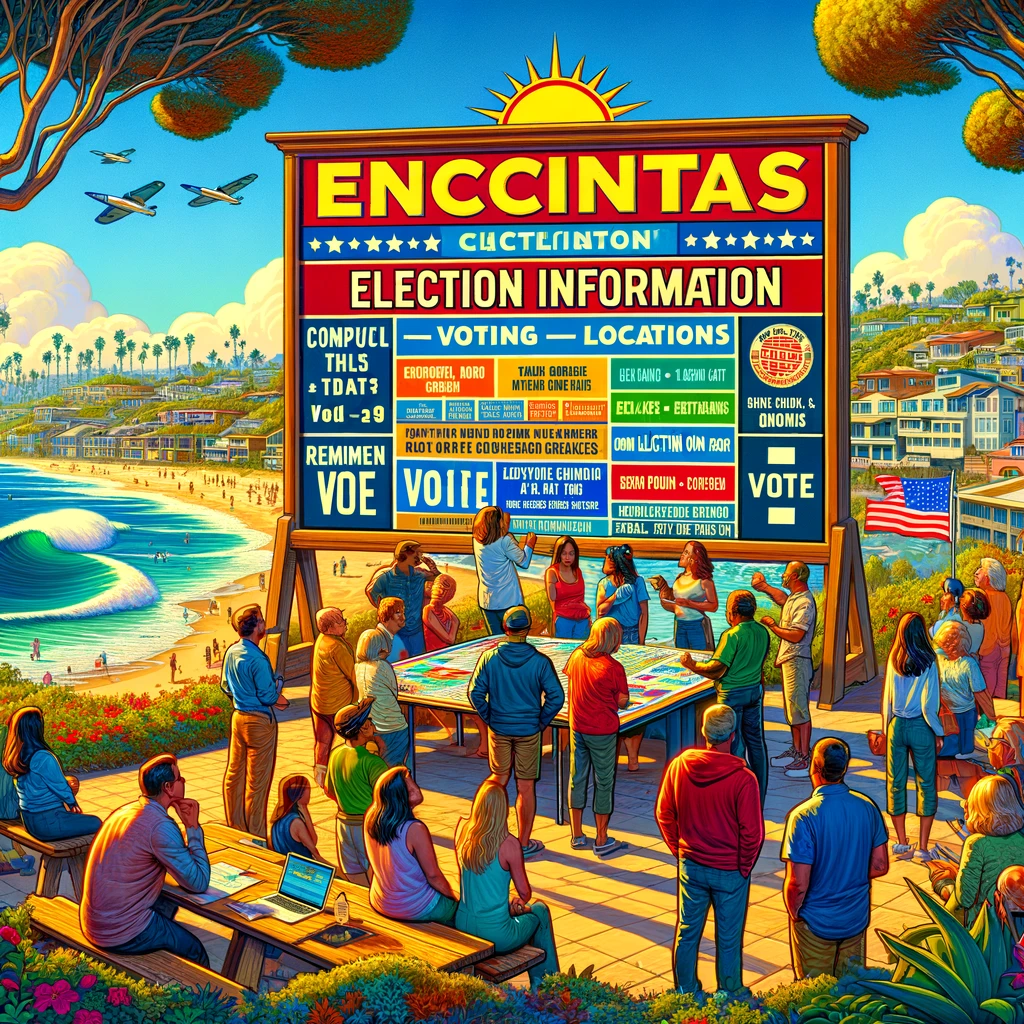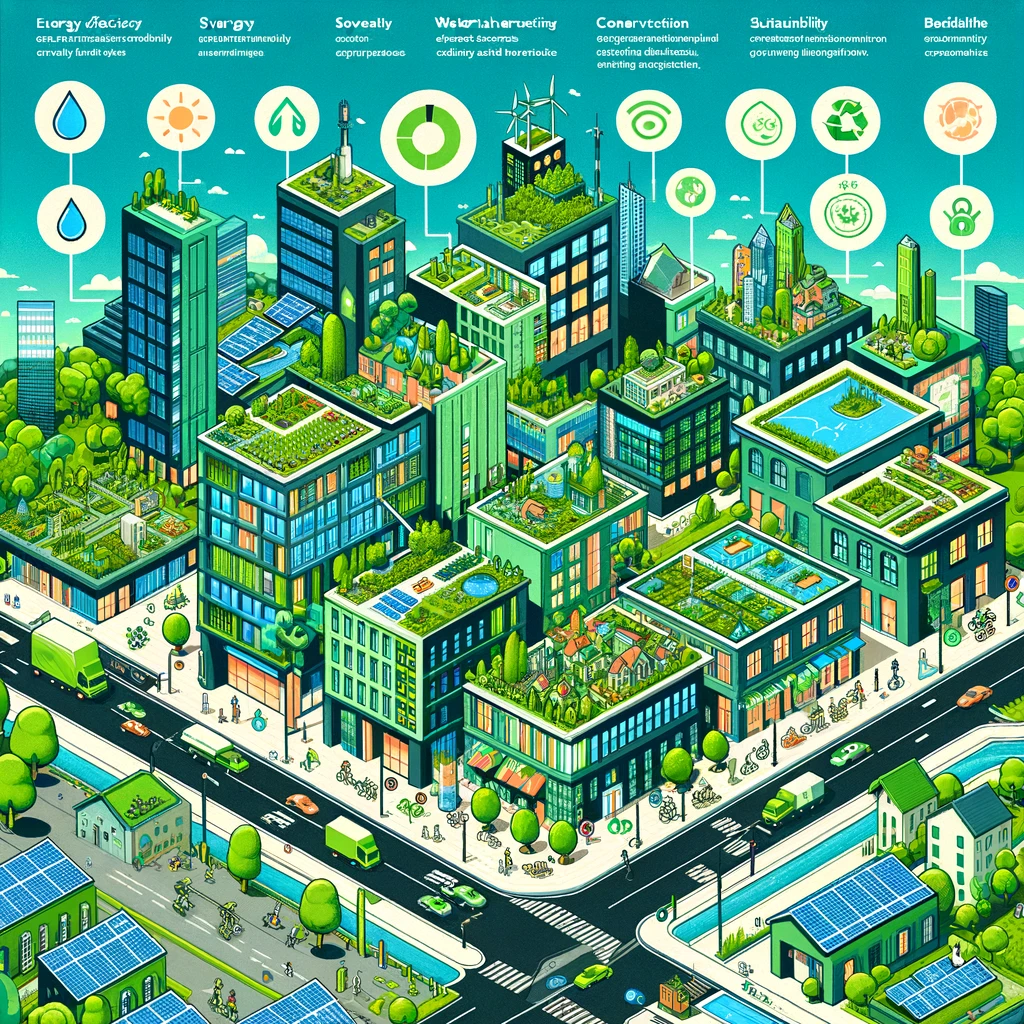ENCINITAS, CA — While most of the nation reveled in a 99-day losing streak in gas prices, which finally snapped on Wednesday, Californians have continued to feel pain at the pump this month.
Gas prices across the state have been rising steadily after a period of lower gas prices during the summer.
On Thursday, the cost of a regular gallon of gasoline in California rose to $5.51, up 8 cents from a week ago. Meanwhile, the national average price per gallon rose less than 1 cent on Wednesday to $3.68 a gallon, according to AAA. That’s down from the record average of $5.02 in mid-June.
Interested in local real estate?Subscribe to Patch’s new newsletter to be the first to know about open houses, new listings and more.
In San Diego County, the average price of a regular gallon of gasoline on Friday rose 4.1 cents to $5.57, its highest since July 31. The average price increased 34.8 cents in the last 21 days, according to figures from AAA and the Oil Price Information Service.
The most affordable gas in Encinitas on Friday is at the Berri Brothers station at 1766 N Coast Highway 101. Regular gas was $5.39 a gallon at the station, according to GasBuddy.
Interested in local real estate?Subscribe to Patch’s new newsletter to be the first to know about open houses, new listings and more.
Although Californians continued to endure the highest gas prices in the country, with prices still inching in many areas in September, the nation’s 14-week price decline was the longest streak since 2015.
Gasoline prices generally mirror trends in global oil prices, and crude, both the US benchmark and international Brent, have tumbled since mid-June on growing fears of a recession. that would reduce energy demand.
Many energy analysts believe that prices are more likely to rise than fall in the coming months. However, shifts in sentiment about the economy, Russia’s war against Ukraine and even hurricane season, always threatening to disrupt refineries along the Gulf Coast, make predictions uncertain.
“I suspect we’ll see choppy gasoline prices through the end of the year, with a few days up and down,” said Tom Kloza of the Oil Price Information Service.
Kloza predicted the next streak will be a series of price increases early next year, fueled by investors, speculators and “fears that there isn’t enough fuel to go around.”
In June, the national average price soared above $5 a gallon, and more than $6 in California, as an economic recovery and a surge in travel boosted demand for gasoline, and Russia’s war in Ukraine sparked an increase in oil prices.
The price increase caused financial problems for families and a political headache for both Gov. Gavin Newsom and the Biden administration.
In the Golden State, gas rebate checks, dubbed the Middle Class Tax Refund, were expected to start hitting bank accounts in October to help offset rising costs from inflation and trends in global oil. .
READ MORE: CA Gives Away $9.5 Billion Next Month: What to Know
Associated Press contributed to this report.
The rules of replying:
Where does the US get its oil?
The top five countries of origin for US gross oil imports in 2021 were Canada, Mexico, Russia, Saudi Arabia and Colombia. Note: The classification in the table is based on gross imports by country of origin. Net import volumes in the table may not equal gross imports minus exports due to independent rounding of data.
What percentage of US oil is imported? Despite being the world’s largest oil producer, in 2021 the US still imported more than 3 billion barrels of crude oil and oil products, equivalent to 43% of the country’s consumption.
Where does the US get most its oil?
In 2021, Canada was the source of 51% of total US gross oil imports and 62% of gross crude oil imports.
- The top five sources of total US oil imports (including crude oil) by percentage of total oil imports in 2021 were:
- Canada51%
- Mexico8%
- Russia8%
- Saudi Arabia5%
- colombia2%
What percent of US oil is from Russia?
In 2021, imports from Russia accounted for 8% of all US oil imports, including 3% of crude oil imports and 20% of petroleum product imports. More than half of total US oil imports from Russia in 2021 were unfinished oils.
Can the US supply its own oil?
The United States is one of the largest producers of crude oil. American oil refineries obtain crude oil produced in the United States and in other countries. Different types of companies supply crude oil to the world market.
How long would the US last on its own oil?
Oil Reserves in the United States The United States has proven reserves equivalent to 4.9 times its annual consumption. This means that, without imports, there would be about 5 years of oil left (at current consumption levels and excluding unproven reserves).
Why does US not use its own oil?
That happens because of a combination of economics and chemistry. The economics are simple: Oil abroad, even after shipping costs, is often cheaper than crude produced domestically.
What causes sudden jump in gas prices?
Additionally, Hirs said that California produces almost 1 million barrels of oil a day. However, it is not enough to meet demand, so it imports oil from other states or abroad. “It just costs money to redirect those shipments, and that’s why everyone raised the price in California,” Hirs said.
What caused gas prices to rise in 2022? The recent increases have been caused by the unusually high number of US refineries that are closed for maintenance work, said Tom Kloza, global head of energy analysis at OPIS, which tracks gasoline prices for AAA. . He said nearly 18% of the nation’s refining capacity is now offline.
Why did gas prices suddenly spike?
key background. US gasoline prices soared at the start of the year amid concerns about Russia’s invasion of Ukraine, declining US refining capacity and a surge in demand .
Why gas prices are rising again?
The demand for gasoline is increasing and the world supply will remain limited after the OPEC decision, which means higher prices. And while price increases over the past week have been relatively slow and steady, cuts in global oil production around the world could herald a much faster and more dramatic increase.
Why are gas prices jumping?
“The Petroleum Price Information Service reports that several local refineries are undergoing unplanned maintenance as fuel inventories are at their lowest levels in a decade, causing wholesale gasoline prices in Los Angels will increase considerably this week,” said Doug Shupe, a spokesman for the Auto Club of Southern California.
Why gas prices are rising again?
The demand for gasoline is increasing and the world supply will remain limited after the OPEC decision, which means higher prices. And while price increases over the past week have been relatively slow and steady, cuts in global oil production around the world could herald a much faster and more dramatic increase.
What is the prediction for gas prices in 2022?
The US Energy Information Administration (EIA) predicts that retail gasoline prices will average $3.60 in the fourth quarter of 2022, down $0.15 from today, before rising slightly to $3.61 a gallon in 2023.
What was the highest gas price ever?
American drivers had a rough time of it in 1981. The average price of gasoline soared to $1,353 a gallon that year, up from $1,221 in 1980 and more than double the price just three years earlier.
In which years were gasoline prices the highest? Although paying $5 at the pump sounds alarming, Americans have faced worse, believe it or not. It was the summer of 2008, just before the US economy entered a massive recession, prices at the pump hit a high of $4.11, according to Kiplinger, a business and finance news site.
Why was gas prices so high in 2008?
The spike in oil prices in July 2008 came at the end of a decade-long energy crisis. Rising demand from developing economies, stagnant production, financial speculation, and tension in the Middle East caused oil and gas prices to rise steadily throughout the 2000s.
What caused the gas prices to rise in 2008?
Crude oil and gasoline prices reached record levels in 2008. Significant demand growth in China, the Middle East, and Latin America, combined with market uncertainty in global supply, contributed to rising oil prices and, in turn, to the record. high gasoline prices in the United States.
What was the highest gas prices in US history?
American drivers had a rough time of it in 1981. The average price of gasoline soared to $1,353 a gallon that year, up from $1,221 in 1980 and more than double the price just three years earlier. Adjusted for inflation, the average price of gasoline in 1981 would have been equal to $2,421 per gallon in 2020.
What country has free gas?
Venezuela Venezuela, while generally a fairly impoverished nation, is rich in oil and fossil fuel reserves, and uses that particular wealth to provide its people with virtually free gasoline.
Where in the world is there free gasoline? Venezuela, while generally a fairly impoverished nation, is rich in oil and fossil fuel reserves, and uses that particular wealth to provide its people with virtually free gasoline. Yeah, it’s weird to think about that, isn’t it? But it’s true.
Where in the world has the cheapest gas?
Here’s who has the cheapest gasoline on the planet.
- Venezuela â $0.08.
- Libya: $0.12.
- Iran: $0.20.
- Syria: $1.08.
- Algeria: $1.19.
- Kuwait: $1.29.
What are gas prices predicted to do in 2022?
The US Energy Information Administration (EIA) predicts that retail gasoline prices will average $3.60 in the fourth quarter of 2022, down $0.15 from today, before rising slightly to $3.61 a gallon in 2023.
How much is gas around the world 2022?
Gasoline prices, 95 octane, October 10, 2022: The average price of gasoline worldwide is US$1.27 per litre. However, there is a substantial difference in these prices between countries.
How much is a gallon of gas in Venezuela in US dollars?
| Venezuela gasoline prices | Liter | Gallon |
|---|---|---|
| FEV | 0.100 | 0.379 |
| American dollar | 0.016 | 0.061 |
| EUR | 0.016 | 0.061 |





